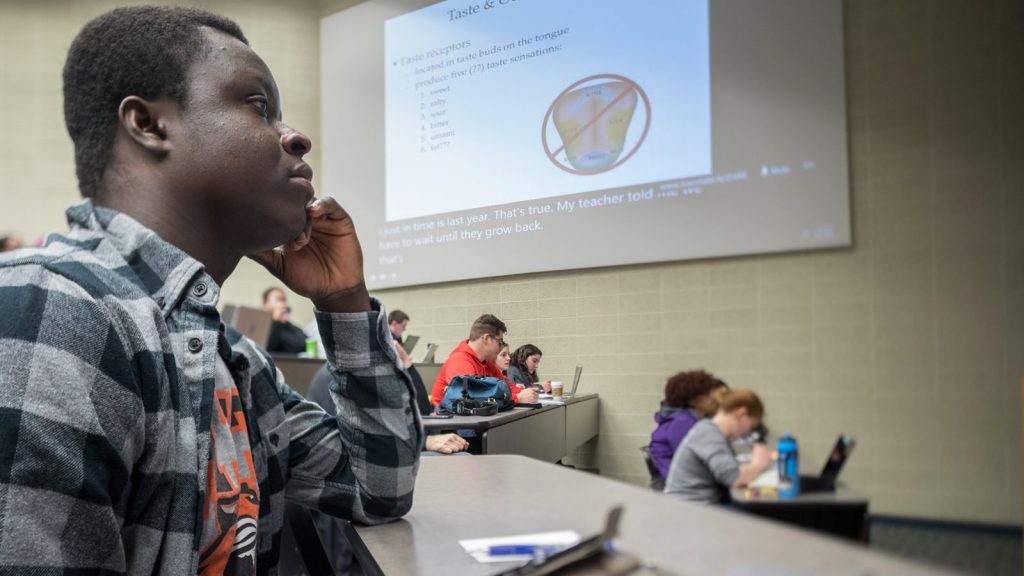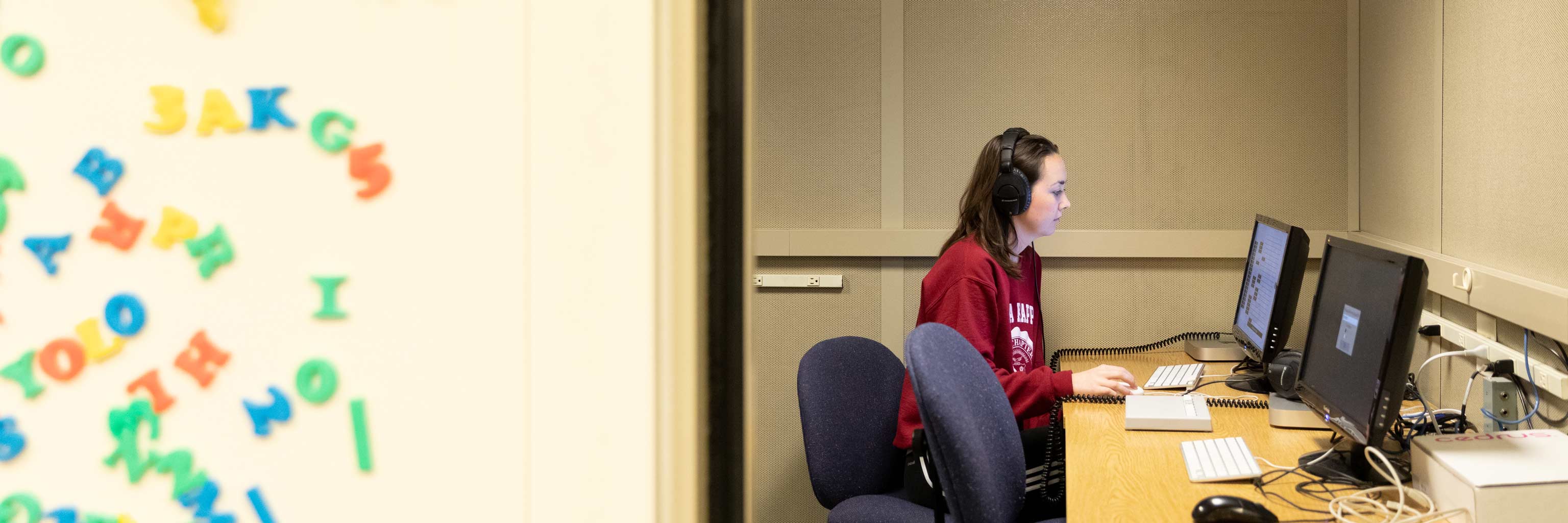
This isn’t a tech tool but a short kind of ‘course’ that offers an overview of assistive technology (AT) and explores ways to expand students’ access to it in the classroomĪ summary of the Assistive Technology Act and its consequences for educators.Ī resource that, for example, helps teachers “think about whether the student 1) can gain information from print-based educational materials used across the curriculum by all students, 2) needs materials in a specialized format, or 3) needs modified content or alternative materials.”Īs an assistive technology, text-to-speech (TTS) software is designed to help children who have difficulties reading standard print. Several areas of assistive technology and sample products may be found in any given classroom, making a difference in how students of all abilities learn.īackground On Assistive Needs & Supporting Technology Ranging in sophistication from ‘low’ technologies such as a graphic organizer worksheet to ‘high’ technologies including cutting-edge software and smartphone apps, assistive technology is a growing and dynamic field. Today, assistive technology tools can help students with certain disabilities learn more effectively. One tool to help students with disabilities even in the face of a special education teacher shortage is assistive technology.

Additionally, the NEA reports that nearly every general education classroom in the country includes students with disabilities, as three out of every four students with disabilities spend part or all of their school day in a general education classroom.

students enrolled in special education programs has risen 30 percent over the past 10 years. Assistive technology tools are among the least ‘celebrated’ but most crucial tools in K-12 education today.Īccording to the National Education Association (NEA), the number of U.S.


 0 kommentar(er)
0 kommentar(er)
